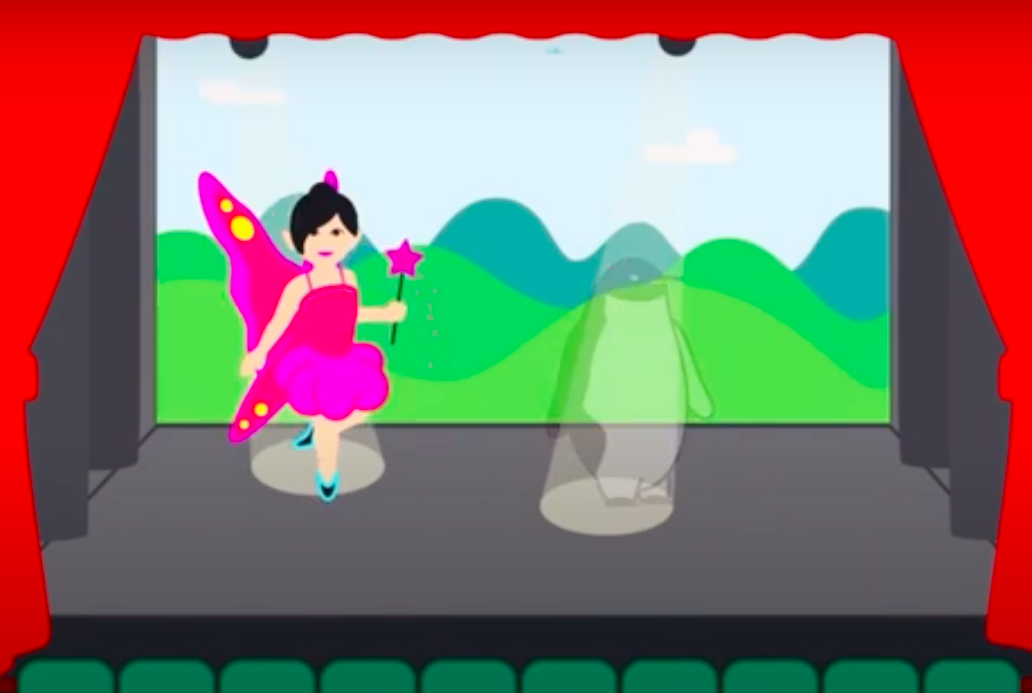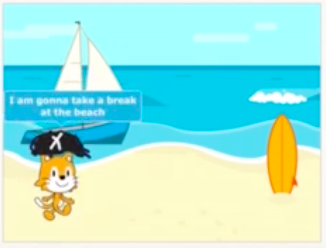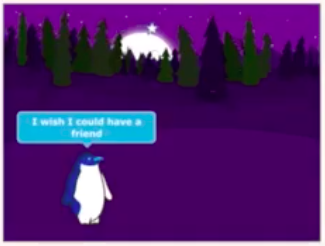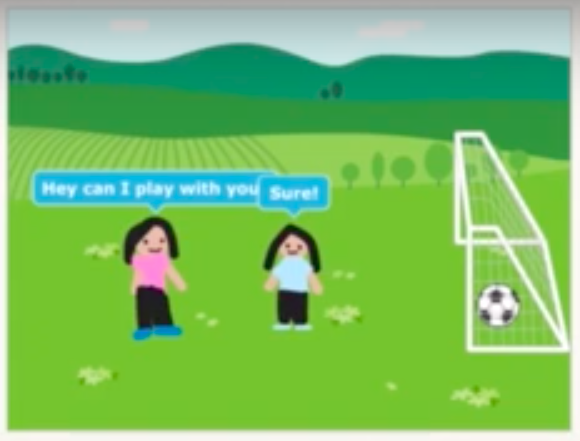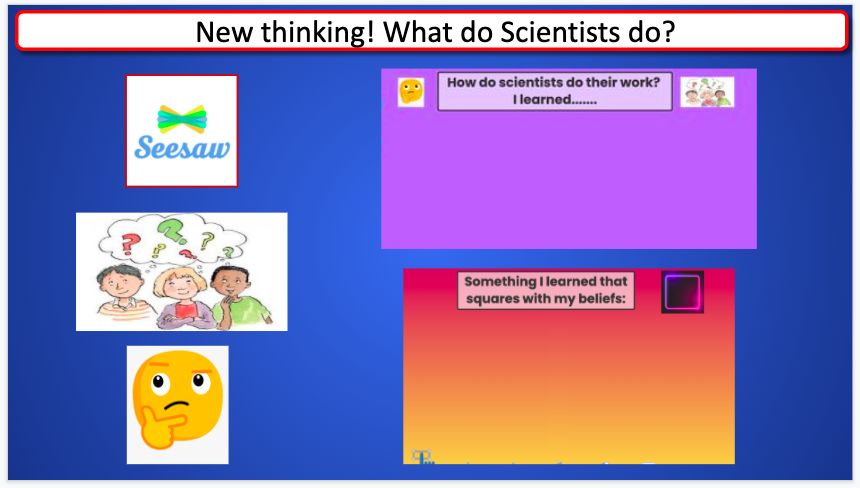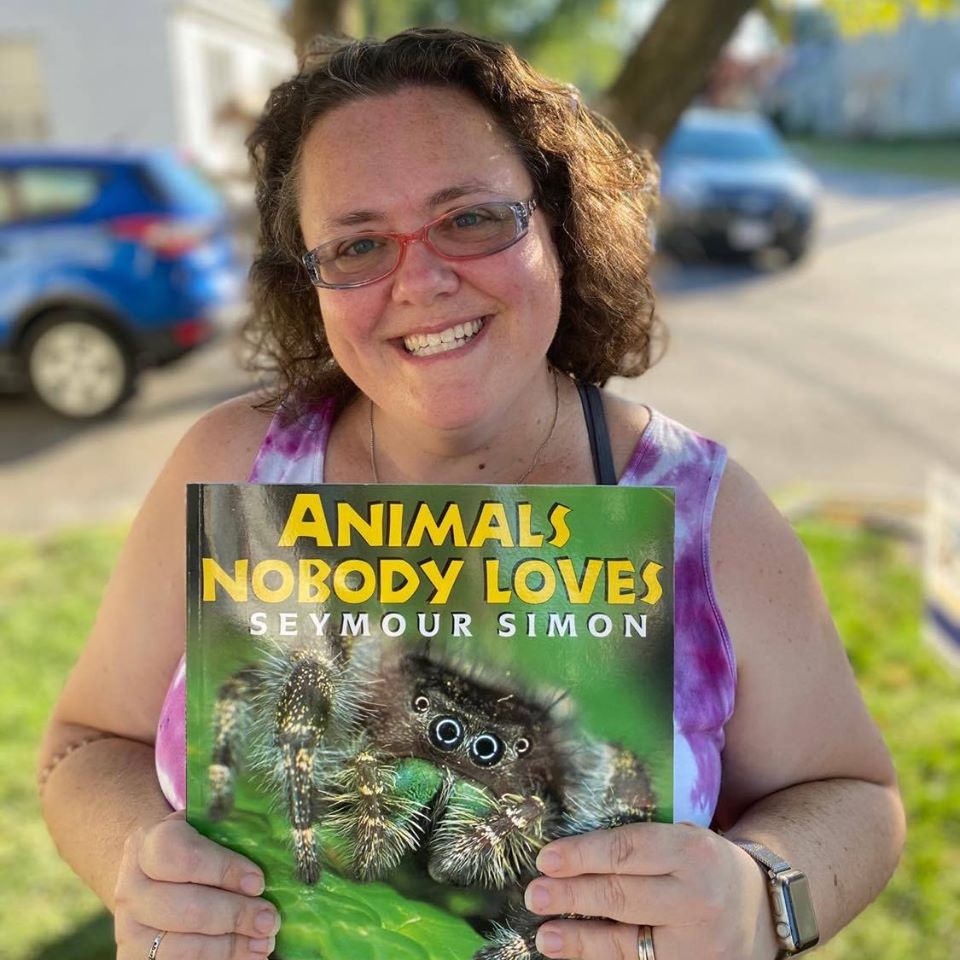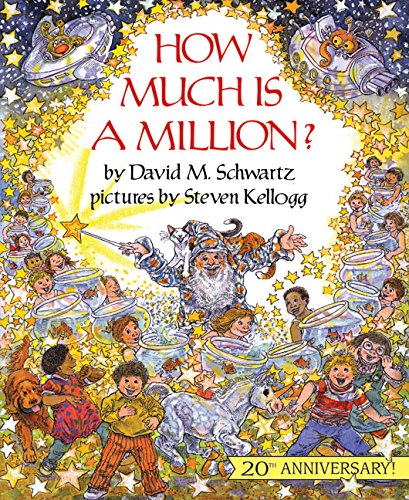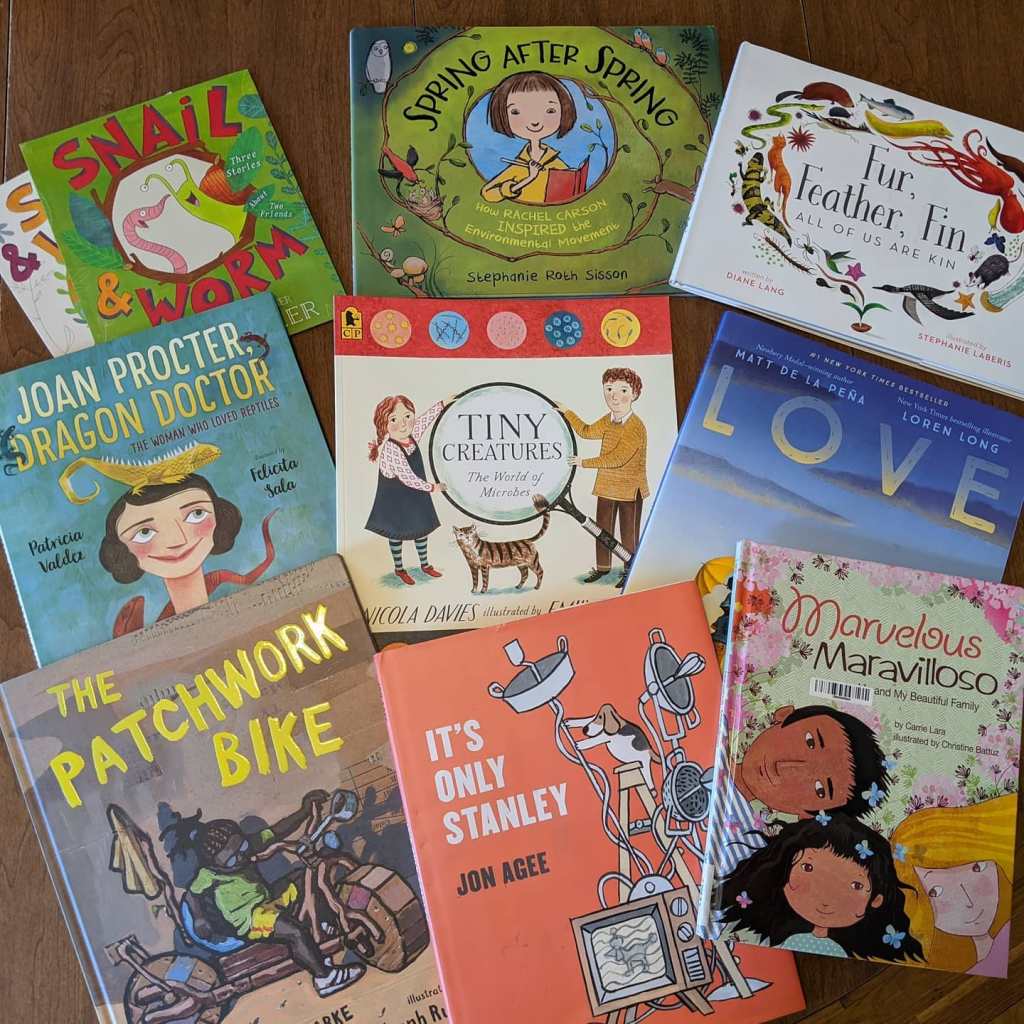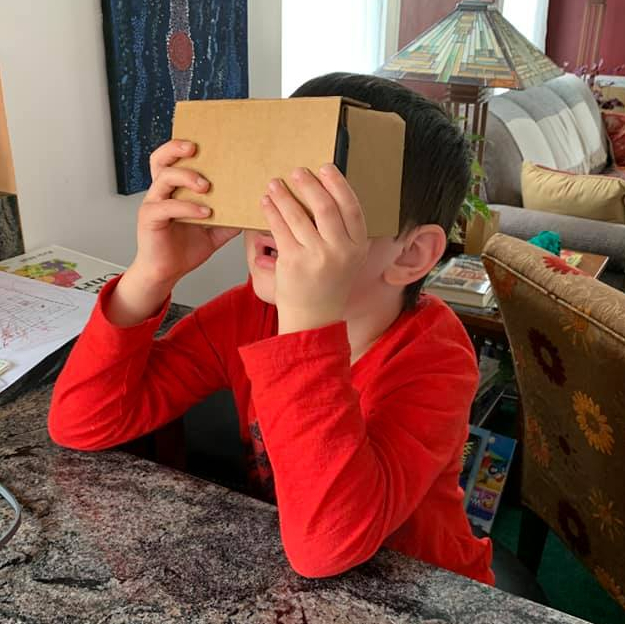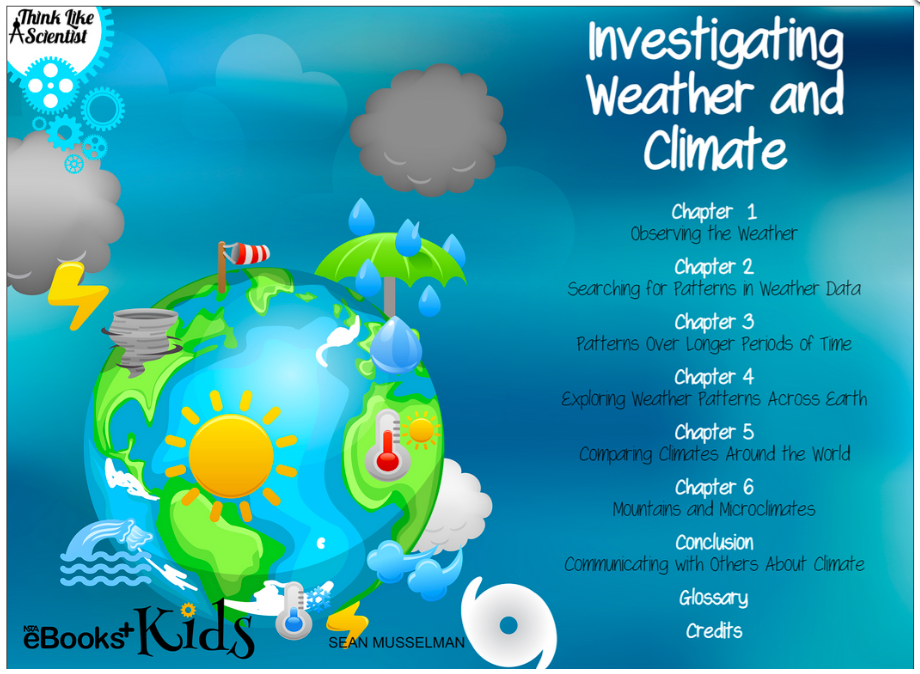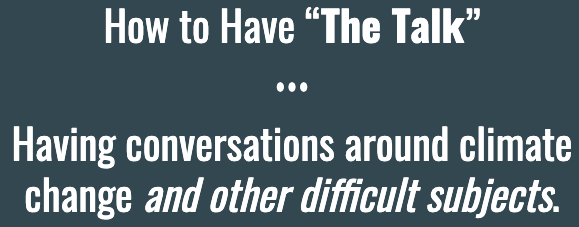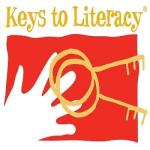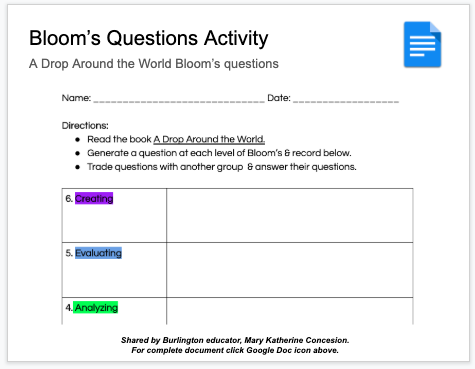
This year has been a world of firsts for so many families, educators, and administrators. Personally speaking, August brought the need to shape shift from Science Specialist to Director of Burlington’s K-5 “Remote Academy,” a conglomerate of 40 educators from our four elementary schools and then some, designated with the task of educating anywhere between 380-400 elementary age students remotely for the entire academic year.
The first month of learning proved rocky. Teachers navigated new platforms of learning, discarding some (Google Jamboard) while embracing others (SeeSaw, Google Suite tools). Obstacles and failures were met with educator creativity and ingenuity. By October teachers and students alike had found a rhythm to their days and learning.
But only recently did the faculty have a formal opportunity to collectively exhale and share the benefits of ascending the remote learning curve: a richer toolbox of digital learning methods and the experience to use them expertly.
Timely and frequent communication (with boundaries) matters
“One of the first questions I received was, ‘what makes you qualified to teach my student remotely?’ I had to take a step back and then answer honestly, I’m not – no one is. But I am an expert teacher, and I’m going to find ways to teach your child that work remotely.”
This particular Remote Academy teacher’s honest and transparent approach, coupled with frequent messaging recapping the week and previewing what was to come, kept families connected to the student experience and how they could support them best. While communication was amplified during the day, teachers across all grades expressed the importance of also setting boundaries and turning off.
Many teachers discovered features on GMail previously unexplored, including GMail away messages, email templates, and schedule sends to ensure correspondence didn’t bounce back and forth late into the night. Third grade teacher, Crystal Muise-Keating waded into the inclusion of email to communicate with her students and found herself wondering why she hadn’t before, sharing “email provided the students who were too shy or uncomfortable showing their confusion an avenue to reach out.” Its a mode of communication she assured all she’d be keeping in place come next year.
Collaborate away the “Sunday scarries”
A bit of playful in-fighting took place midway through the roundtable when teachers began to lavish praise on their grade-level teammates for their collaboration over the year. Remote teaching put veteran and first-time grade level educators on the same, blank canvas to start the year. With sinking not an option as COVID cases accelerated, no one educator could possibly lay claim to already having remote learning down, and thus turned to one another more than ever before.
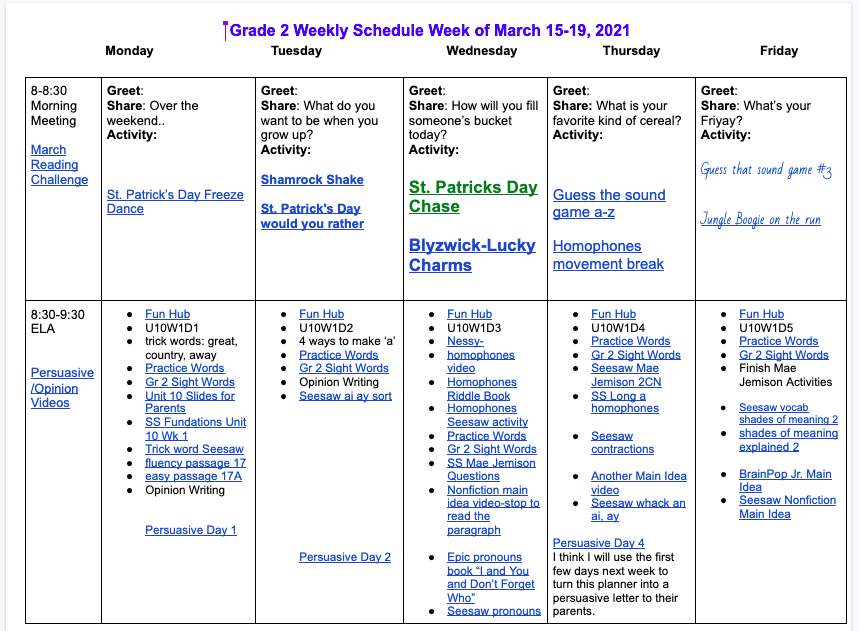
Collaboratively-constructed Google Slides and Google Doc pacing guides and resource banks became the norm. “I’m done with my daily planner” shared one teacher, recognizing that the pacing guides built this year would be easy to reference and utilize in the next. The guides may even prove to bridge gaps between collaboration across schools when their “Dream Team” dissolves in June. Second grade teacher, Maureen Schnee shared that, “I used to get the Sunday scarries but never again! Thanks to our collaboration I have plenty to work with and explore to deliver in a way that works for me, in one place. I can’t wait to bring this back to my in-person team.”
“Keep it Simple” / “Less is More”
Though sharing proliferated, teachers seeking engagement through the vast array of available apps on student devices quickly grew frustrated and exhausted while simultaneously adapting in-person curriculum resources for the digital realm.
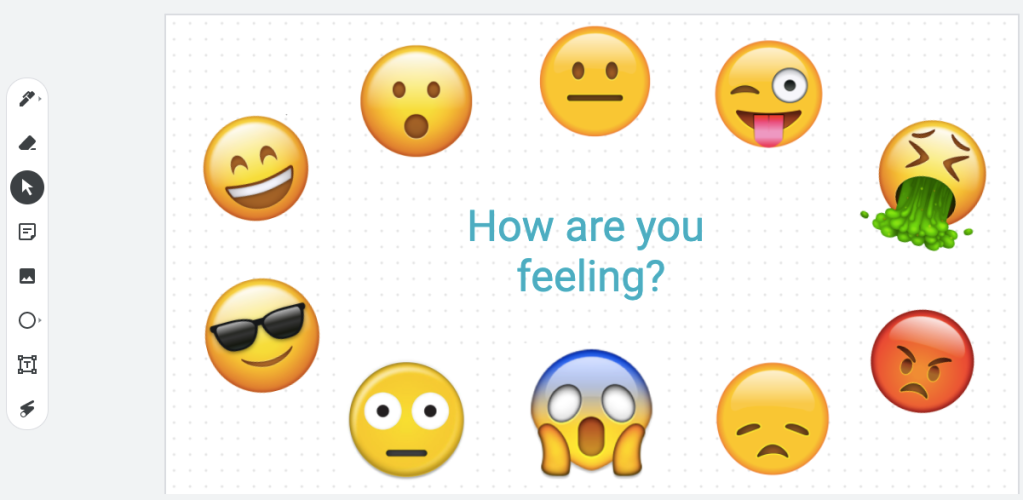
“Sticking to tools I was already familiar with [to adapt in-person learning to the remote classroom] made a big difference in feeling prepared for the day” shared one educator. Others took a wait-and-see approach to some of the newest resources highlighted at the outset of the school year, allowing early adopters and IT/media specialists to identify the most effective new tools, and build out a library to utilize and build on.
One such app that rose to the top was Nearpod. A presentation tool that allowed for a greater range of assessment and feedback tools to be used and reacted to seamlessly by teachers. For some it has become a staple to their everyday instruction. Nearpod ultimately became the standard model of delivery for the grades 1-5 social studies instruction.
Dig Deeper into existing tools
For others, meeting their own expectations for teaching and learning meant digging deeper and better utilizing the tools already available. “I found the Clever App to have a lot of unused features that turned the app into a one-stop shop for my students” shared library media specialist turned PE/wellness teacher, Kelly Floyd. “Without the traditional forms of PD this year I had to take it upon myself to find what I needed and explore it independently. Clever’s online professional development introduced me to features that I needed and didn’t know I had.” Its a tool that Kelly feels the district needs to bring more attention to, particularly as tighter budgets in the next academic year will inevitably lead to some of the tool subscriptions purchased by the district being allowed to expire.
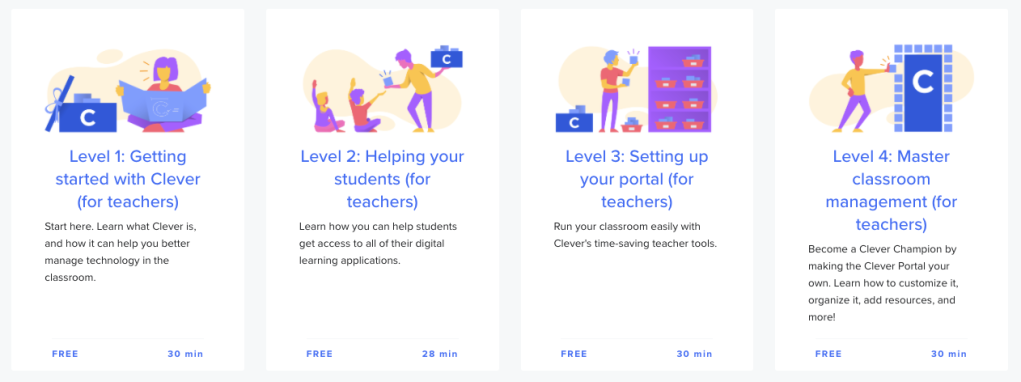
For Library/Media Specialist / Grade 4 classroom teacher Dr. Rachel Small the deeper dig was into SeeSaw. The app’s blogging platforms provided students with an audience for the final product while she supported and assessed the improvement of their work in its draft stages. Crystal Muise-Keating added that she utilized the blogging platform as a way to create a “Creative Corner” for students to share whatever they were creating or passionate about at home with their classmates. “The kids have really enjoyed getting positive feedback from their classmates and I’m definitely creating one for my in-person class next fall.”
Keep it fresh – for students and teachers alike
Math Specialist / Grade 5 Teacher Jeff Pera wowed an audience of his peers during a short course later in the day while demonstrating a creative side and mastery of Google Forms in creating Escape the Room themed activities. “Once you make sense of how they from an existing template you can find on the internet, you can create them pretty easily and the kids love them.” Jeff shared how the activities were both novel for the students and collaborative, adding to the engagement factor of the lesson. Jeff also shared tips on how to facilitate, demonstrating how he drops tips into the game and in real-time by flowing through breakout rooms, helping groups like mine become unstuck in their thinking to solve the problems!
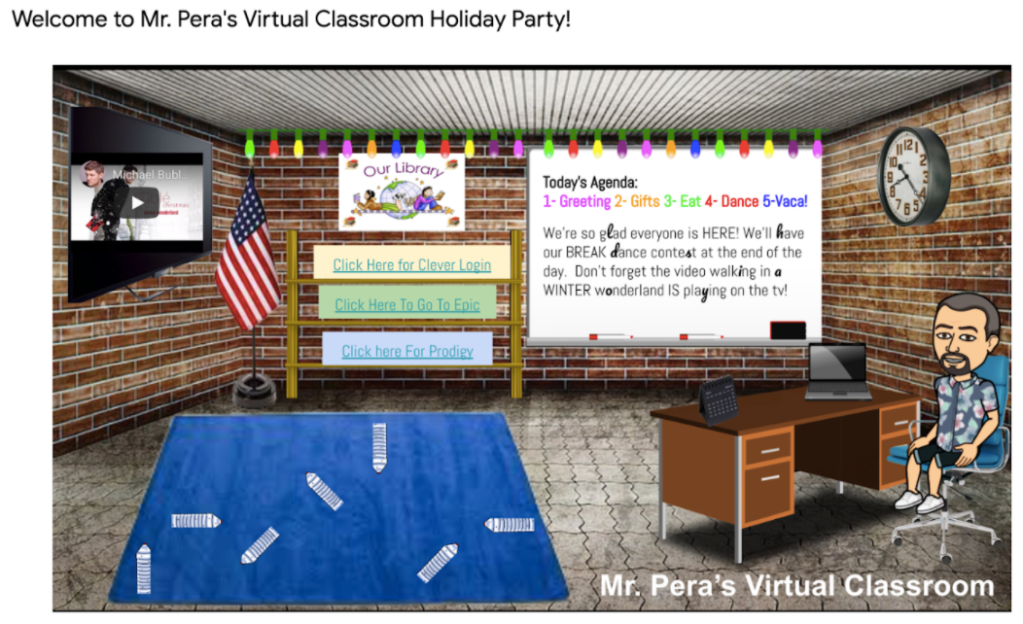
Second grade teacher, Krystel Anderson shared a clever use of Google Spreadsheets to create pixel art students used to complete math practice. Using the power of the spreadsheets algorithms the art came alive as students correctly solved problems and colors dropped into the appropriate cells, shaping a recognizable image over time. Students posted their newly generated art to SeeSaw when completed, allowing Krystel to easily check the image to determine how well the students performed while practicing their math operations. Students stayed engaged throughout the problem set as a blank grid slowly revealed a fun image!
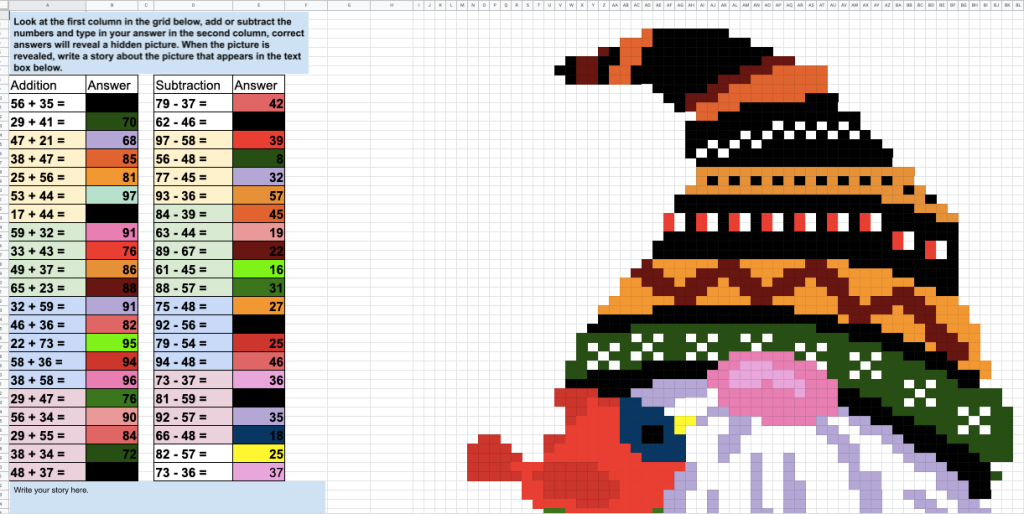
Not to be outdone, the collaborative efforts of our IT Specialist, Michelle Ardizzoni and Art Teacher, Keith Mistler shined through in a scratch art project introduced during the Hour of Code month and facilitated to completion, giving students who have developed coding skills independently an opportunity to really shine through in a school setting they might normally have less opportunity to dazzle in. Student work posted during the Hour-of-Code put “student skills on full display, many of them far beyond what we were demonstrating and practicing. I am in awe.” shared Mrs. Ardizzoni.
In a year where so much of the student environment was stationary at home, introducing these novel, ingenious tasks for students to chew on kept students connecting with both their classroom and grade-level content. Win-win! Many teachers reiterated at the conclusion of the round-table that they would be using many of these new teaching tools for years to come, whether remote or back in-person.
While this year has been a challenge like none other I am truly grateful to have been blessed with a faculty that has faced each challenge with the will to find paths forward that have engaged and enriched our students lives. Thank you again to presenters, Krystel Anderson, Michelle Ardizzoni, Kelly Floyd, Carrie Fortunato, Karen Hoyt, Crystal Keating, Donna Murphy, Jeff Pera, Amanda Samuels, Maureen Schnee, and Rachel Small for sharing their learning and to all the Remote Academy educators who have been remote learning pioneers all year long.

